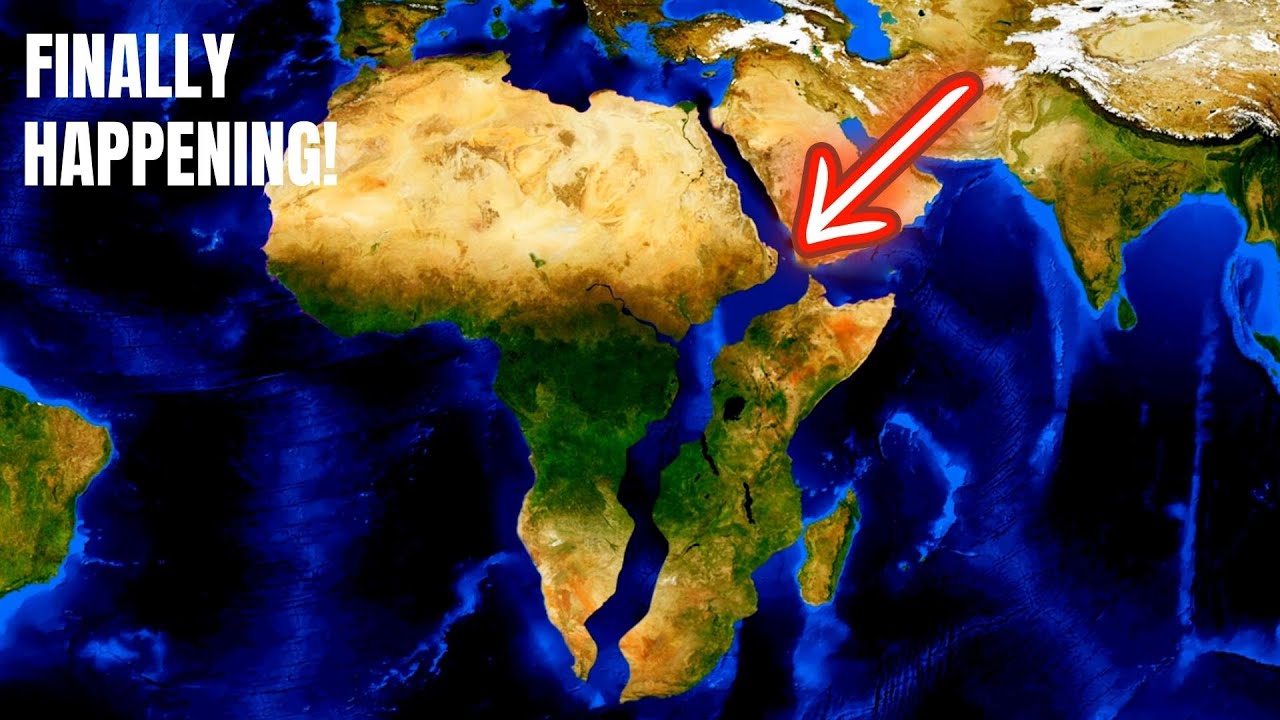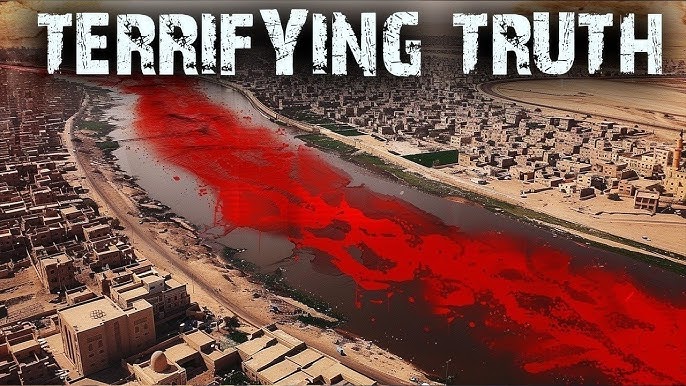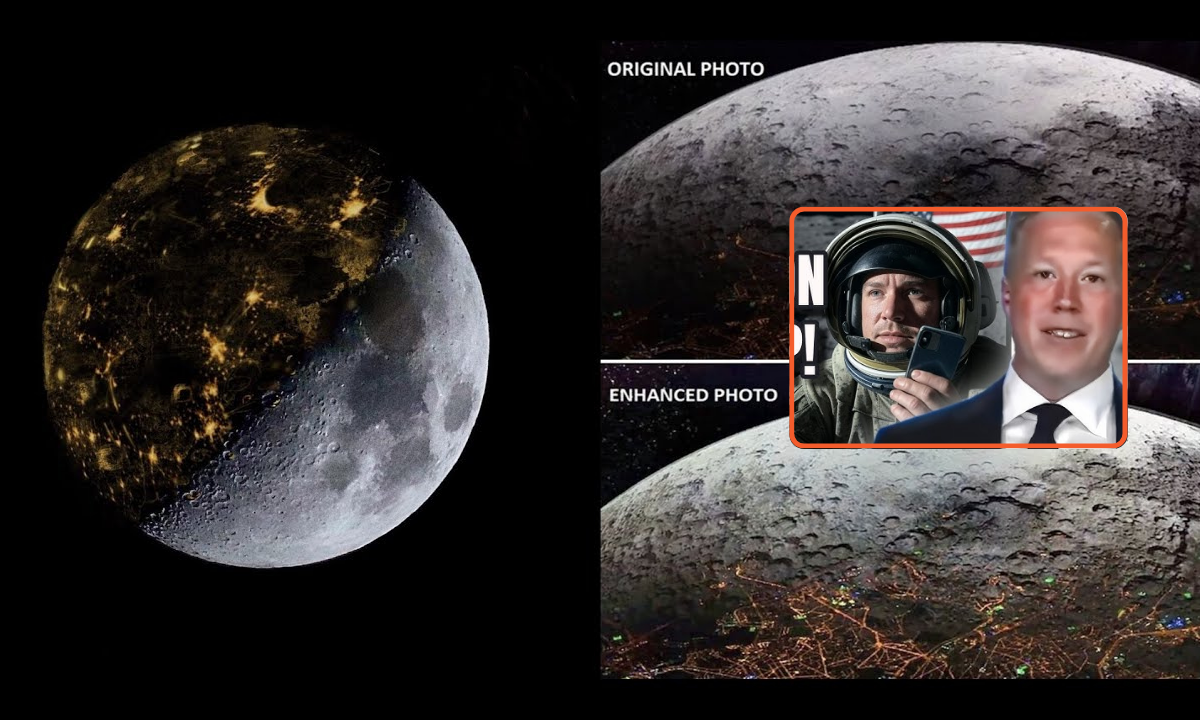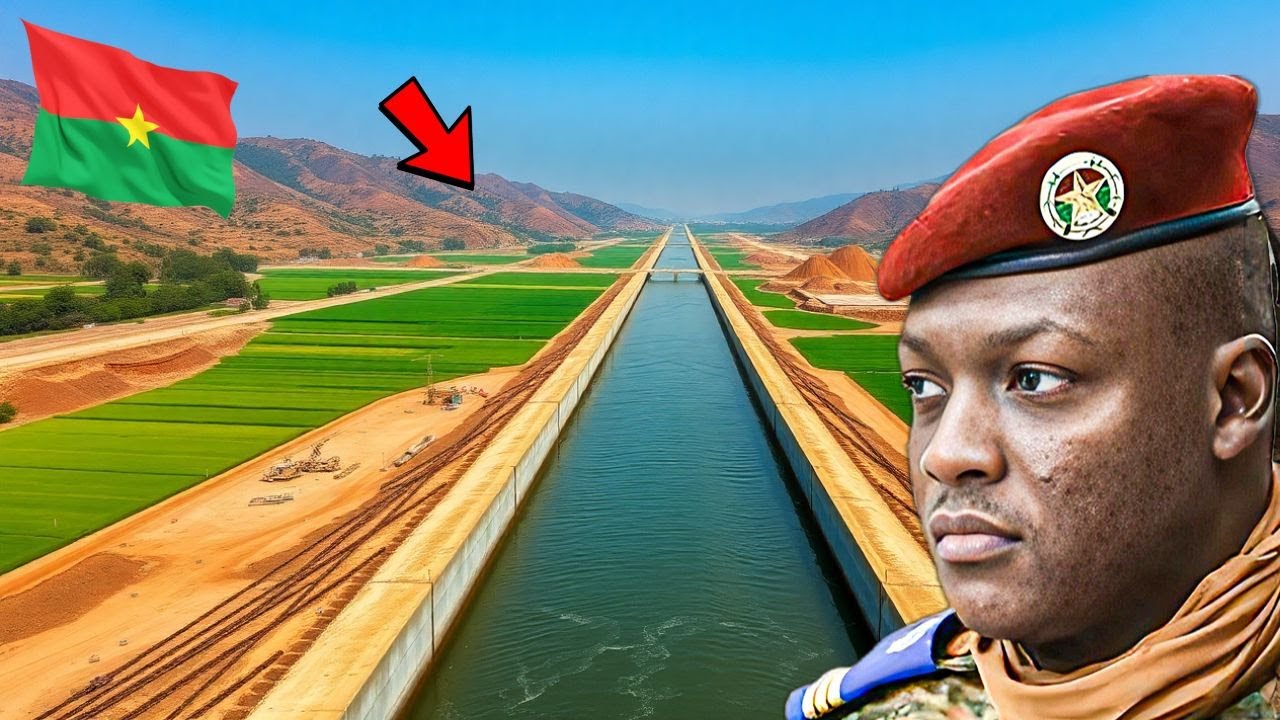**Headline: Africa on the Brink: A New Ocean Emerges as the Continent Splits in Two**

In a startling geological development, scientists have confirmed that Africa is on the verge of splitting into two distinct landmasses, potentially giving rise to a new ocean. This unprecedented phenomenon, which has been brewing for years, is accelerating faster than previously anticipated, leaving millions to ponder the future of the continent and its inhabitants.
The cracks that herald this monumental shift first appeared in 2018, when a massive fissure—50 feet deep and 65 feet wide—suddenly sliced through a highway near Nairobi, Kenya. This alarming rupture has since been expanding, with recent reports indicating that the rift is growing at an alarming rate. Geologists now estimate that Africa could be irrevocably divided within the next 5 to 10 million years—a significant reduction from earlier predictions that suggested a timeline of 50 to 100 million years.

The East African Rift, a tectonic feature stretching over 3,000 kilometers from Ethiopia to Mozambique, is the epicenter of this seismic activity. As the Nubian and Somali plates drift apart, they are not only reshaping the geography of the continent but also igniting volcanic activity that could have catastrophic consequences. Footage from the region reveals smoke and ash billowing from new volcanic openings, painting a picture of a land in turmoil.
Residents living near the rift are facing an uncertain future. In one harrowing account, a man named Juna was forced to dismantle his home piece by piece to escape the encroaching earth. The psychological toll of living on the brink of such a monumental change cannot be overstated; the ground beneath their feet could literally give way at any moment.
As the rift widens, the implications for neighboring countries are profound. Nations such as Rwanda, Uganda, and Burundi may soon find themselves with coastlines, while Somalia and Ethiopia could face dire territorial losses. The emergence of a new ocean could alter trade routes and maritime transportation, reshaping economies and livelihoods across the region.

But the ramifications extend far beyond Africa. If the Somali plate continues its drift toward India, it could trigger a geological collision that might create mountain ranges taller than the Himalayas, drastically altering the landscape of the Indian subcontinent. Coastal cities like Mumbai could face existential threats as the tectonic upheaval transforms warm, green areas into icy deserts.
While the geological processes at play are slow, the urgency of the situation is clear. As the rift expands at a rate of approximately 7 millimeters per year, scientists are racing to understand the full scope of what this means for our planet. The potential for volcanic eruptions and natural disasters looms large, and the world watches with bated breath.
This extraordinary event raises questions not only about the future of Africa but also about the resilience of humanity in the face of natural forces beyond our control. As we stand on the precipice of this geological transformation, one thing is certain: the map of our world is about to be redrawn, and the consequences will be felt for generations to come.
As the cracks deepen and the earth shifts, we are reminded of the powerful forces of nature that shape our planet—and the need for vigilance as we navigate this unfolding crisis. Will humanity adapt and thrive in the face of such monumental change, or will we find ourselves at the mercy of the very earth we inhabit? Only time will tell.





